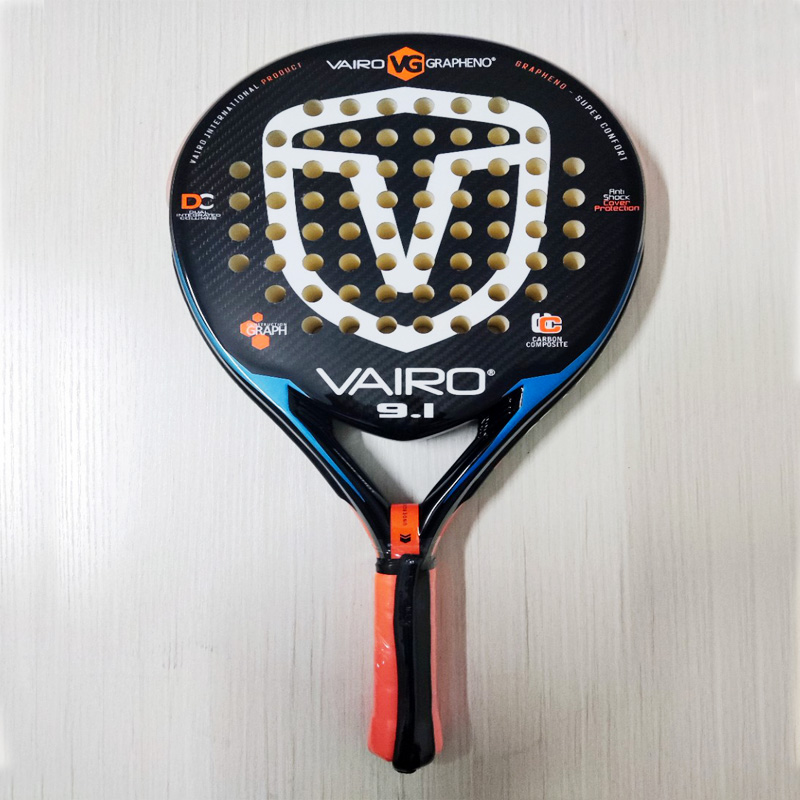
Paddle rackets are an essential piece of equipment used in various racquet sports, including pickleball, platform tennis, and paddle tennis. The physics behind paddle rackets can significantly impact their performance, including power, control, and spin. In this article, we’ll take a closer look at the physics behind paddle rackets.
Momentum
Momentum is a measure of an object’s mass and velocity, and it is conserved in any collision. In the case of paddle sports, the momentum of the ball and racket are important factors in determining the power and control of a shot.
When a player hits a ball with a paddle racket, they transfer momentum from the racket to the ball. The speed and direction of the racket at the moment of impact determine the direction and speed of the ball. The more momentum transferred from the racket to the ball, the more power the shot will have.
Velocity
Velocity is another important concept in the physics of paddle sports. When a player hits a ball with a paddle racket, they apply force to the ball, causing it to accelerate. The velocity of the ball is determined by the amount of force applied by the player and the direction of the force. The player can control the velocity of the ball by adjusting the angle and speed of their swing.
Spin
Spin is another essential factor in the physics of paddle sports. When a player hits a ball with a paddle racket, they can apply spin to the ball by hitting it with a glancing blow. The angle of the racket at the moment of impact determines the direction and amount of spin applied to the ball. Topspin causes the ball to curve downward, while backspin causes the ball to curve upward. Sidespin causes the ball to curve left or right.
Spin can also affect the bounce of the ball. A ball with topspin will bounce forward, while a ball with backspin will bounce backward. A ball with sidespin will bounce sideways.
Center of Gravity
In the case of paddle rackets, the center of gravity is an important factor in determining the balance and feel of the racket. When a player swings a paddle racket, they want the racket to feel balanced and comfortable in their hand. The location of the center of gravity can affect the balance and feel of the racket. A racket with a high center of gravity will feel top-heavy, while a racket with a low center of gravity will feel bottom-heavy.
Friction
Friction is the force that opposes motion between two surfaces in contact. In the case of paddle sports, friction plays a significant role in determining the control and spin of a shot.
When a player hits a ball with a paddle racket, the friction between the ball and the racket can affect the spin and trajectory of the ball. The type and condition of the surface of the ball and the paddle racket can also affect the amount of friction and the control and spin of the shot.
In conclusion, the physics behind paddle rackets can significantly impact their performance, including power, control, and spin. Factors such as momentum, velocity, spin, sweet spot, center of gravity, and friction all play critical roles in determining the behavior of the ball and the feel of the racket. Understanding these principles can help players optimize their performance on the court and choose the right paddle racket for their style of play.

